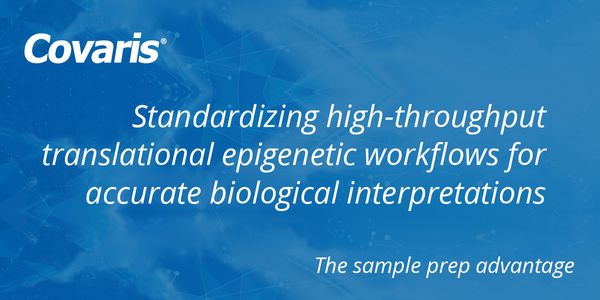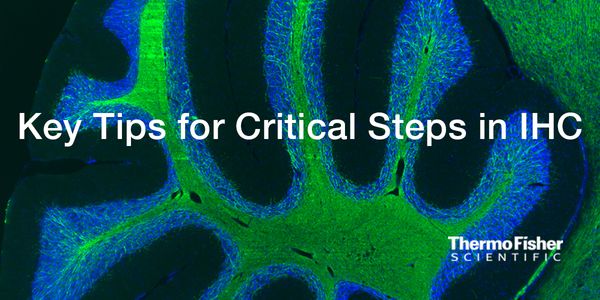System neuroscience
System Neuroscience is a combined field of science combining principles of systems biology (the mathematical modeling of biological systems) and neuroscience (the study of the nervous system, including the brain). System neuroscience focuses on the structure and function of neural systems.
-
CRISPR has revolutionized how we do science in a similar way PCR changed the face of molecular biology. Learn how to take advantage of this phenomenal technology in the easiest way with Synth...Speaker: Ania Wronski, PhD
AUG 09, 2018 | 7:00 AM
With the advent of cost effective culturing approaches, 3D cell culture models (3D-CCMs) have been rapidly adopted for drug discovery since they provide a more physiologically relevant micro-...
JUN 26, 2018 | 9:00 AM
Treatments for respiratory diseases represent an enormous, unmet medical need with limited therapies currently approved for use. Despite many compounds demonstrating beneficial effects in ani...
JUN 07, 2018 | 7:00 AM
DATE: June 7, 2018TIME: 07:00AM PDT, 4:00PM CESTIn this webinar, Prof. Greetje Vande Velde will give an overview of her work, which involves lung and brain infections. Dr Vande Ve...
MAY 03, 2018 | 11:00 AM
DATE: May 3, 2018TIME: 11:00AM PDT, 2:00PM EDTWhile stress is one of the leading causes of neuropsychiatric disorders, the molecular underpinnings of how stress induces alterations in b...
MAY 02, 2018 | 8:00 AM
Immunohistochemistry protocols, which utilize antibodies to visualize proteins in tissue sections, have many steps that need optimized to prevent non-specific background effects, artifacts, o...
APR 17, 2018 | 8:00 AM
DATE: April 17, 2018TIME: 8:00AM PST, 11:00AM ESTRecently, much research has focused on obtaining 3D brain organoids in an attempt to better recapitulate brain development and function...
Speaker:
Cassiano Carromeu, PhD
, Grischa Chandy, PhD
, Oksana Sirenko, PhD
Sponsored By: Molecular Devices
APR 06, 2018 | 9:00 AM
DATE: April 4, 2018TIME: 09:00am PDT, 12:00pm CEST Multiplex is the ability to characterize three or more biomarkers on a single tissue section. The technique enables the combi...
Cannabidiol (CBD) has emerged as a promising anti-epileptic drug in otherwise treatment-resistant genetic epileptic disorders. However, the clinical trials have been limited by their use of C...
In this panel discussion, parents of children using cannabis discuss their experience Herah Osborne: A mother’s story about her journey with her twins having Fragile X syndrome an...
Speaker:
Kenton Crowley, Pharm. D., FAARFM, ABAAHP
, Sebastien Cotte
, Janie Maedler
, Herah Osborne
Presented at: Cannabis Sciences Virtual Event Series 2018
Pain management is the most commonly reported reason for seeking medical cannabis, which is associated with lower opioid use, fewer medication side effects and better quality of life in patie...
Speaker:
Kenton Crowley, Pharm. D., FAARFM, ABAAHP
Presented at: Cannabis Sciences Virtual Event Series 2018
How does a low-level sensory representation rise into conscious awareness? What determines whether higher-order cortical areas have access to the representational content in sensory regions?...
Some of the most significant hurdles faced by neuroscientists in the field of neurodegenerative disease research when seeking to acquire genetic information include sample accessibility, repr...
Speaker:
Kelly Miller, PhD
Using Hebbian as well as homeostatic models of brain plasticity, the effects of neurofeedback (NFB) are examined from the theoretical perspective of EEG normalization. Within this framework,...
Clathrin mediated endocytosis (CME) at pre-synaptic terminals is functionally coupled to neuro-transmitter release. Like other cytosolic proteins, clathrin is synthesized in cell-bodies and c...
























